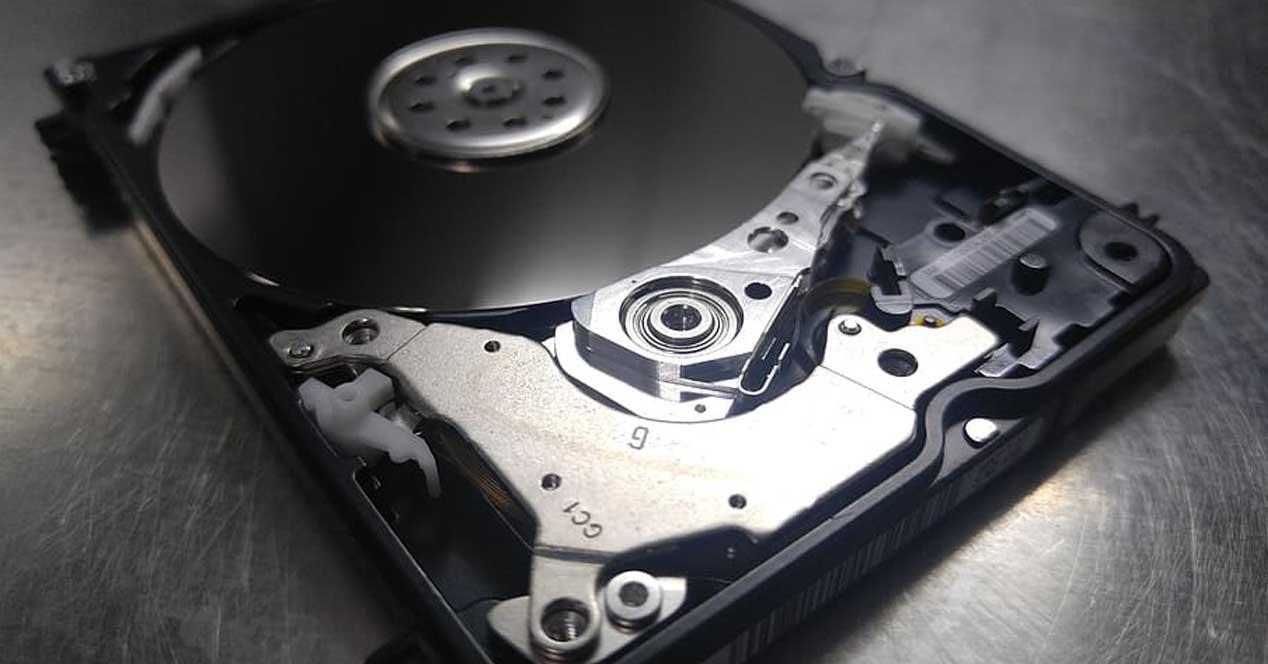If you were using an older version of Windows, there were scheduled tasks to run CHKDSK periodically to check for file system errors. However, this procedure is no longer necessary due to the new file system used by Windows 10 called “Resilient file system” o ReFS, a file system that provides better data integrity by more accurately detecting file corruption, and is in fact capable of correcting it in real time without user intervention.
Obviously, this article will be of interest to you if you have just installed Windows 10 from scratch in its latest version and are using the ReFS file system, because CHKDSK is always recommended
Disable CHKDSK with Task Scheduler
Windows includes a very complete task planner which allows you to schedule tasks. To access it, click on the Start button and type “Task Scheduler”, selecting the option Run as administrator.
On the left side you need to go to the task scheduler libraries -> Microsoft -> Windows -> chkdsk and on the right side you will find if there are any scheduled tasks. If you see that nothing appears in the “Next execution” column, there is nothing scheduled and you should not touch anything.
In case there is something programmed, just right click on it and select the “Disable” option.
How to disable it using the system registry
One of the ways to disable this program from running is through the system registry. To do this, you need to click on the Start button and type in “Registry Editor” or “regedit”. Click on it and select the Run as administra tor option.
Once opened, in the window that appears, you need to navigate to the following registry key through the tree structure on the left.
HKEY_LOCAL_MACHINESYSTEMControlSet001ControlSession Manager
Here you should be looking on the right side for the item called “BootExecute”. Right click on it and select Edit.
In the window that opens, you need to make sure that only the following valuable information appears.
If there is a reference to CHKDSK here, you need to delete it (without touching anything else), accept and restart the PC. Only with that you will have already disabled it. If you don’t have the tool mentioned here, you can just undo and close the system registry, as you won’t have to do anything else.
You can still continue to run CHKDSK manually
Even if you have disabled scheduled tasks for CHKDSK, you can still run it whenever you want. Just open a Command Prompt window (right click Start button -> Command Prompt (administrator)) and you can run chkdsk command as usual.
This will help you find possible errors in the file system eventually and when you want, not through Windows scheduled tasks.














